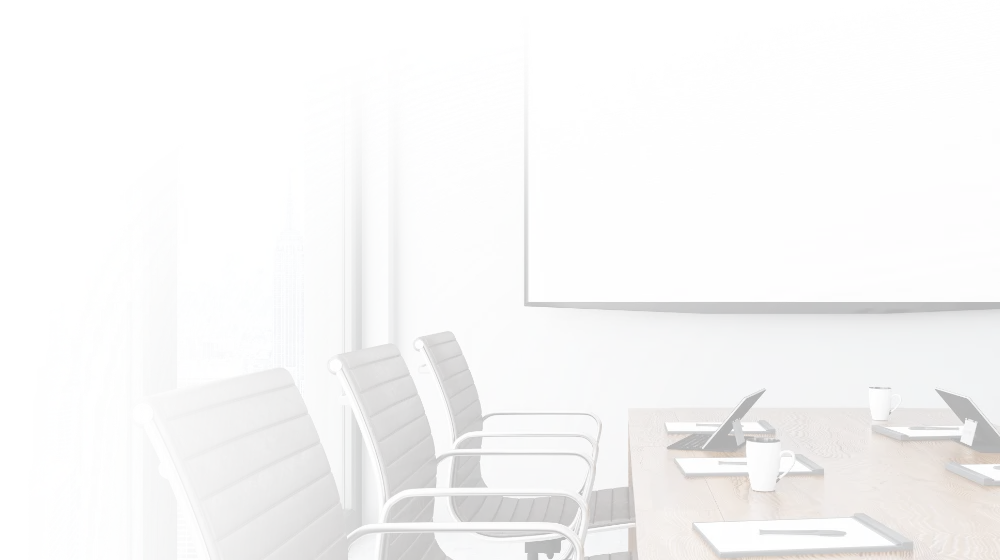The evolution of flexible work arrangements has expanded to include options such as work-from-home (WFH) and remote work, with the occasional in-office attendance. As these practices standardise, employee expectations for workplace flexibility and agility have given rise to the "hybrid work model," shaping today's work landscape.
One hallmark of the hybrid work model is flexibility, and finding the balance or right blend of in-office and work-from-home or remote work for your employees means having the right solutions to ensure a seamless transition. But first, let's clarify the difference between remote work and working from home and why it matters.
Remote Work vs Working from Home: What’s the Difference & Why It Matters?

Let's explore the differences between remote work and WFH, why businesses should switch from a temporary WFH mindset and consider WFH and remote work as more permanent solutions, including why it matters to your business.
But first, here's a snapshot of the differences between WFH and remote work.
| Working From Home | Remote Work | |
|---|---|---|
| Description | ||
| Description | Any employee working outside of a physical office, but only from home. | Employees can work remotely from anywhere—from home, a café, a hotel room, or another country. |
| Work Environment | ||
| Work Environment | A well-lit workstation, including an ergonomic office chair, desk, computer, and stable connection to the network. | Remote workers often have to create their own work environment and be able to work productively on the go. |
| Adaptability | ||
| Adaptability | It takes time to adjust as it poses a significant change from an employee's regular routine and pace of work. Some businesses also offer flexibility to pick and choose WFH days as needed. | Employees who work remotely often need a specific set of abilities, skills, and resources that allow them to work from anywhere. They need to be adaptable, proactive at communication, self-disciplined, and have incredible time management skills. |
| Workspace Configuration | ||
| Workspace Configuration | Employees have a practical workstation to use—one that allows them to perform their day-to-day tasks unimpeded and communicate with other team members effectively. | Remote working offers more freedom and flexibility but also requires the employees to secure their own workspace, desk, and network connections—and businesses need to ensure the endpoint devices used by these remote employees are secure. |
| Key Advantage | ||
| Key Advantage | Many workplaces offer WFH as an option for employees to give them more freedom and flexibility to maintain their work-life balance, be productive, and work their best in an environment that meets their needs. | Employees have the freedom to create their own work environment and establish a work lifestyle that best suits them. |
Why Adopt a Permanent “WFH” or “Remote Work” Mindset?
Research shows that almost nine out of 10 workers seeking a new role (87%) are interested in hybrid or fully remote work. This means flexibility in work hours, and location is increasingly important for businesses to cater to. WFH or remote work opportunities promote greater work-life balance, increased productivity, loyalty, and work satisfaction.
According to research, reasons why WFH or remote work boosts employees' productivity include:
Why should WFH or remote work models matter to companies like yours?
According to HBR, future-thinking companies are using a model with intelligent, tech-enabled design to transform workplaces into a culture space which facilitates collaboration.
For companies looking to scale their business up (or down), hiring remote workers offers a lot of potential while also lowering overhead and office costs. Offering employees the option to work remotely can open more possibilities in who you hire, as companies are not limiting their ability to find talented workers by geographical location. This also means that businesses would be more agile and have a more sustainable structure in the future—with minimum costs or setbacks when the next crisis strikes.
The Future of Work is Hybrid

Hybrid work is here to stay. Organisations should focus on the agile worker experience while enhancing office collaboration spaces digitally, as this helps cover the needs of hybrid employees as they interact with their corporate workplace.
Ready to Explore How RICOH Spaces Can Help Your Transition to a Hybrid Workplace?
Learn how we can help you create better work experiences with seamless connectivity and collaboration across teams, workspaces, and locations.
Discover RICOH Spaces
Let’s connect
Get in touch with one of our consultants and find out how we can help you create your hybrid workplace.
Recommended resources for you

How to Build Collaborative Work Environments for Hybrid Workforces
Unlock the full potential of your workforce. Learn how collaborative solutions can enhance communication, boost productivity, and foster innovation across dispersed teams.

How to Secure Your Digital Workplace from Cyberattacks
Learn how to protect your digital workplace from cyberattacks, safeguarding your data, reputation, and business.

How to Create a Hybrid Workplace That Works
Uncover strategies to build an inclusive hybrid workplace that boosts productivity and engagement.


